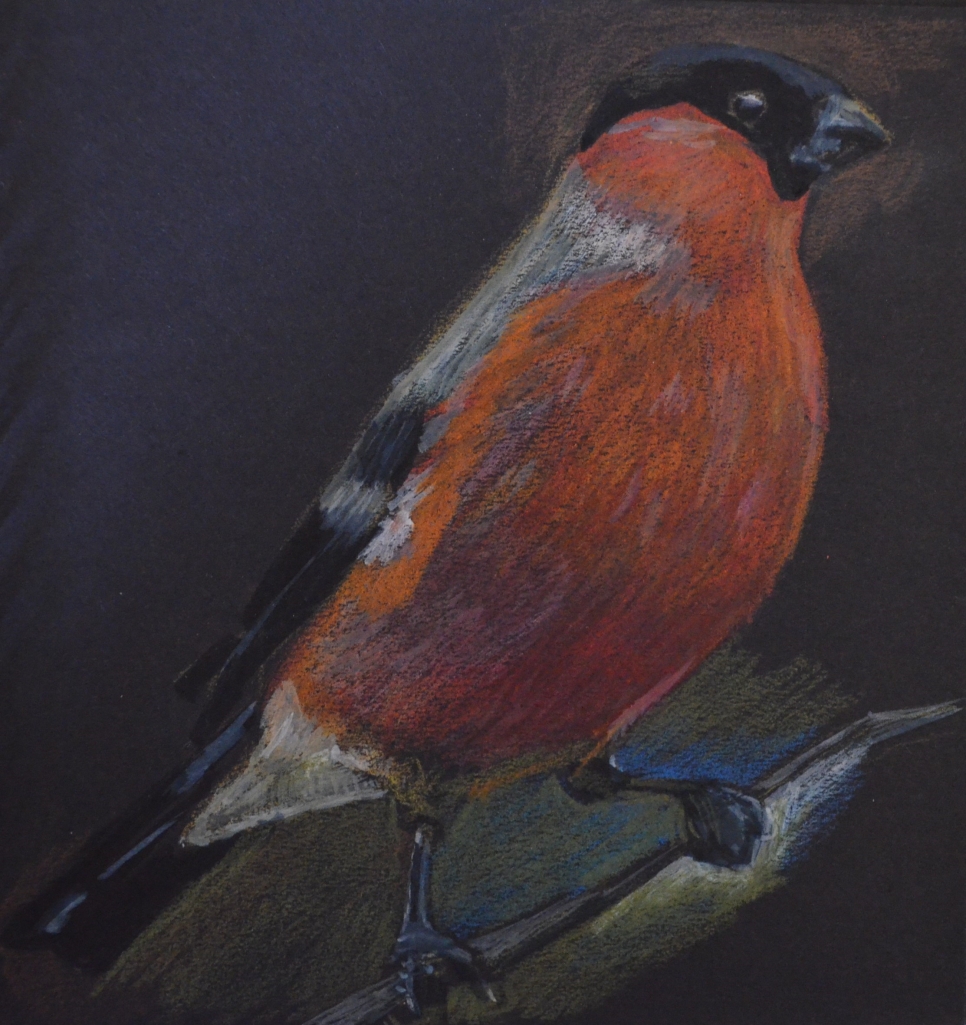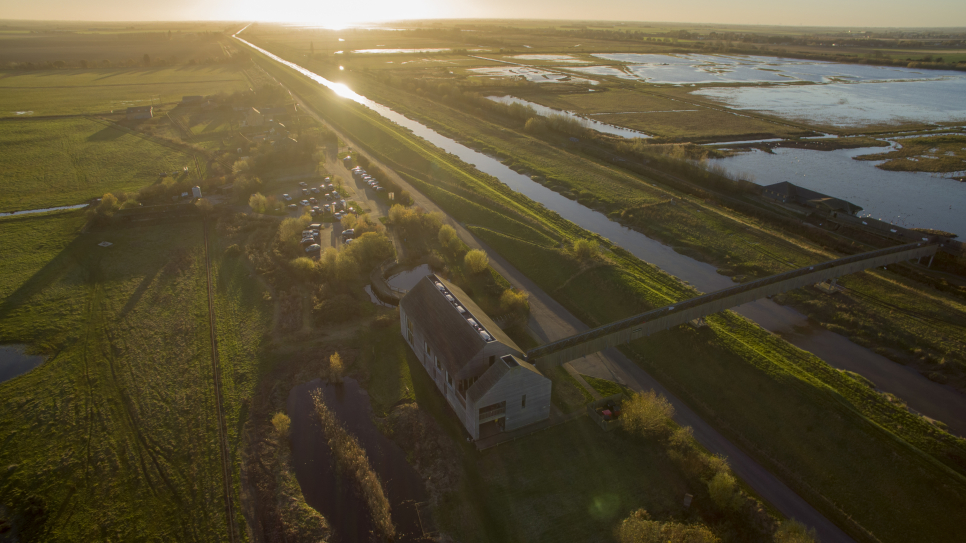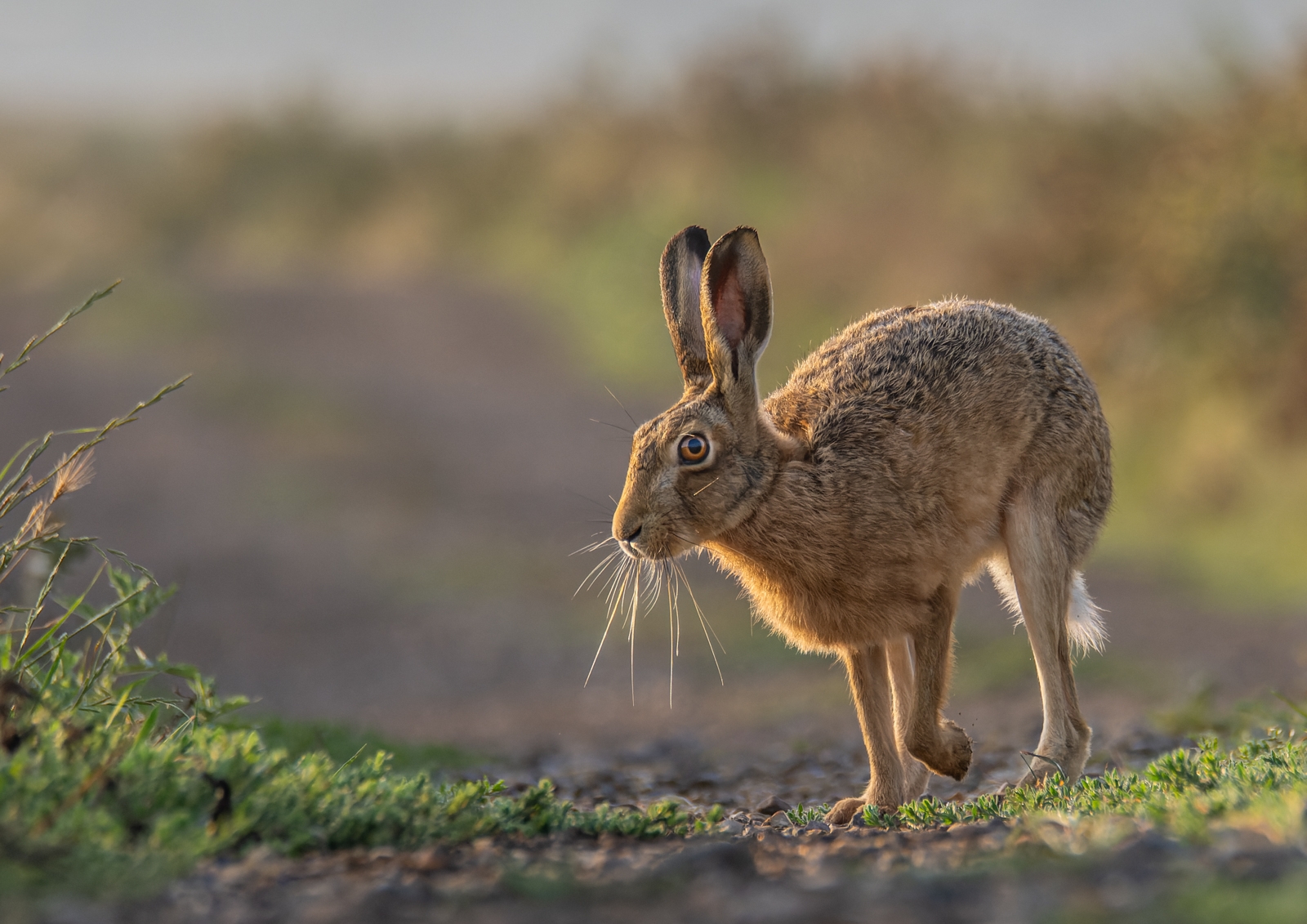Don't miss nature's most 'incredible journeys' this Autumn
Get closer to the action with wild bird feeds and special events
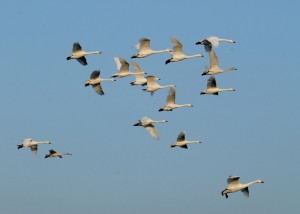
Every year as the seasons change and the leaves turn red and yellow, animals are saving up their strength for one of the greatest spectacles of the natural world: migration. The colourful burst of autumn signals the start of these journeys, with some birds covering thousands of miles in search of snow-free climates and food.
WWT Welney Wetland Centre provides the prefect sheltered conditions for birds to find winter sanctuary, so over the next few months, it will become an ‘avian airport’, welcoming tens of thousands of these migrants from the Arctic. At the same time, birds that arrived in spring to raise their young are heading south to overwinter in insect-rich Africa.
And this changing of the seasons doesn’t just affect birds, as dragonflies, bats, bees, butterflies and mammals are all trying to find the ideal conditions or hibernation spots before the cold sets in.
With WWT Welney Wetland Centre offering stunning scenery, breathtaking views, close encounters and wild bird feeds, you get a front row seat at our reserve:
-
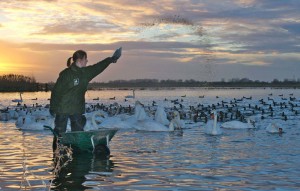
Swan feed by David Featherbe Watch a commentated, wild swan feed from the heated observatory at Welney (link here) followed by thousands of Whooper swans and Bewick’s swans flying in to the reserve at dusk (Daily from Thursday 23 October – Sunday 8 March).
- Wrap up warm and visit the reserve before dawn for a swans awake event (link here) to watch these amazing birds waking up on the wetlands before taking to the skies in their thousands as sun rises across the Fen landscape (Saturday 25 October, Sunday 26 October, Saturday 1 November, Sunday 2 November, Saturday 29 November or Sunday 30 November).
- Spend a day out at the Festival of swans weekend (link here) to find out about the swans and ducks which make incredible journeys to winter in the UK. Watch commentated swan feeds, witness a cannon-net demonstration, take a closer looks at the night sky with star gazing and much more (Saturday 15 & Sunday 16 November).
- In the coldest months of winter our wildlife will spend more and more time looking for food to give them enough energy to survive, making sightings of ghostly barn owls, vibrant bramblings and elusive water rails more frequent.
Whether you’re seeing these birds fly in or out, it’s a rare glimpse into the mystery of migration, as so much is still unknown; like how birds know when to migrate, how they find their way and how they communicate with each other while flying thousands of miles. But the result is nonetheless spectacular. Anyone who has ever seen the sky filled with birds flying in formation, or coming in to land in their hundreds or thousands will never forget the sight.
Sir David Attenborough, President of the Wildfowl and Wetlands Trust (WWT) said: ‘’Migration is one of the most spectacular phenomenona of the natural world. I’ve dedicated many hours to studying it and making films about it. As well as heralding the change of the seasons, we can learn a great deal about our planet through studying birds. WWT Wetland Centres are great places to learn about migration as they attract birds by the tens of thousands in Winter – it’s a breathtaking sight if you’re lucky enough to witness it.’’
Come and experience the wonders of migration at your local WWT Wetland Centre. Learn why animals migrate, what we know about their amazing journeys and what’s still to discover, but above all just enjoy the unforgettable sights and sounds of nature on the move.
